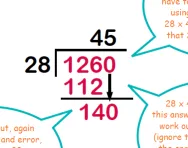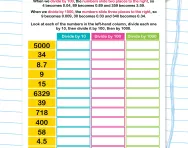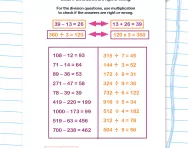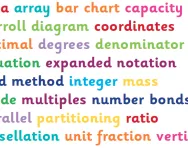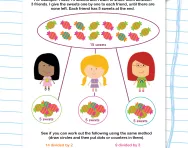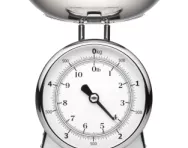Important update from TheSchoolRun
For the past 13 years, TheSchoolRun has been run by a small team of mums working from home, dedicated to providing quality educational resources to primary school parents. Unfortunately, rising supplier costs and falling revenue have made it impossible for us to continue operating, and we’ve had to make the difficult decision to close. The good news: We’ve arranged for another educational provider to take over many of our resources. These will be hosted on a new portal, where the content will be updated and expanded to support your child’s learning.
What this means for subscribers:
- Your subscription is still active, and for now, you can keep using the website as normal — just log in with your usual details to access all our articles and resources*.
- In a few months, all resources will move to the new portal. You’ll continue to have access there until your subscription ends. We’ll send you full details nearer the time.
- As a thank you for your support, we’ll also be sending you 16 primary school eBooks (worth £108.84) to download and keep.
A few changes to be aware of:
- The Learning Journey weekly email has ended, but your child’s plan will still be updated on your dashboard each Monday. Just log in to see the recommended worksheets.
- The 11+ weekly emails have now ended. We sent you all the remaining emails in the series at the end of March — please check your inbox (and spam folder) if you haven’t seen them. You can also follow the full programme here: 11+ Learning Journey.
If you have any questions, please contact us at [email protected]. Thank you for being part of our journey it’s been a privilege to support your family’s learning.
*If you need to reset your password, it will still work as usual. Please check your spam folder if the reset email doesn’t appear in your inbox.
What is the bus stop method for division?

What is the bus stop method?
Once a child has mastered division by chunking, they will often be shown the quicker 'bus stop' method. (This is also known as short-hand division or short division.)
How do you do short division or the bus stop method?
Here's a step-by-step guide to the bus stop method:
- I start by thinking about whether 7 will go into 3.
- It doesn't, so I think about whether 7 will go into 36. It goes 5 times to make 35. I put the 5 over the 6.
- There is a remainder of 1, so this 1 goes next to the 2 to make 12.
- I know that 7 goes into 12 once and there is a remainder of 5, so I write 1 over the 2 and put 'R 5' at the end.
The bus stop method can also be used to divide three-digit numbers by two-digit numbers:

- I start by working out how many times 23 will go into 54. It goes in twice, so I put 2 above the 4.
- There is a remainder of 8, which I put next to the 7.
- I now think about how many times 23 goes into 87.
- It goes in 3 times with a remainder of 18, so I put 3 over the 7 and then write 'R 18' at the end.
The bus stop method is a very quick and efficient technique for working out division with larger numbers, however teachers tend to teach children chunking before they use this method.
Chunking helps children to be properly aware of multiplication being the inverse of division and about how many times a number will 'go' into another. They need to use their estimating skills when using this method and take educated guesses as to how to proceed. Once they have mastered this, it is then appropriate for them to go onto the quicker bus stop method.


